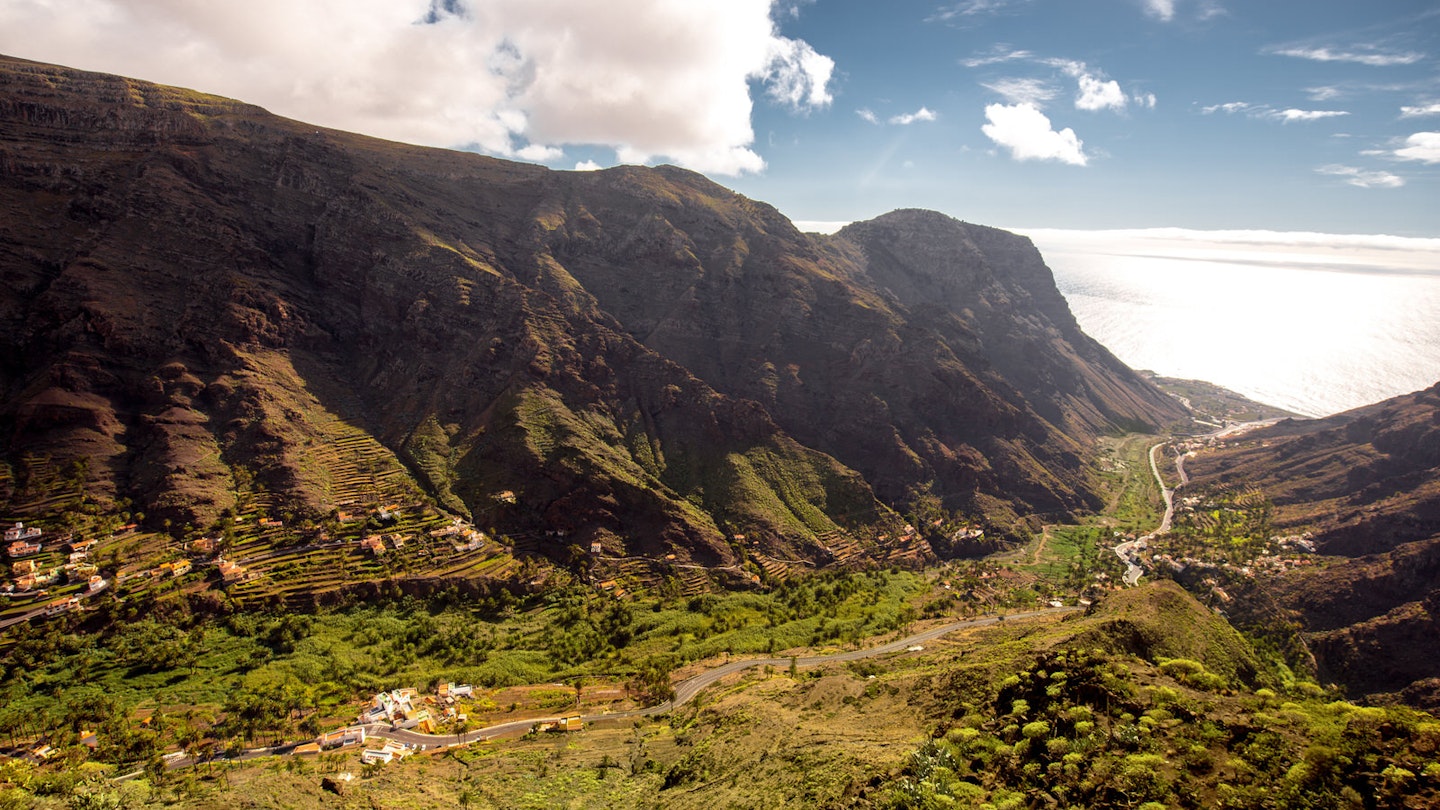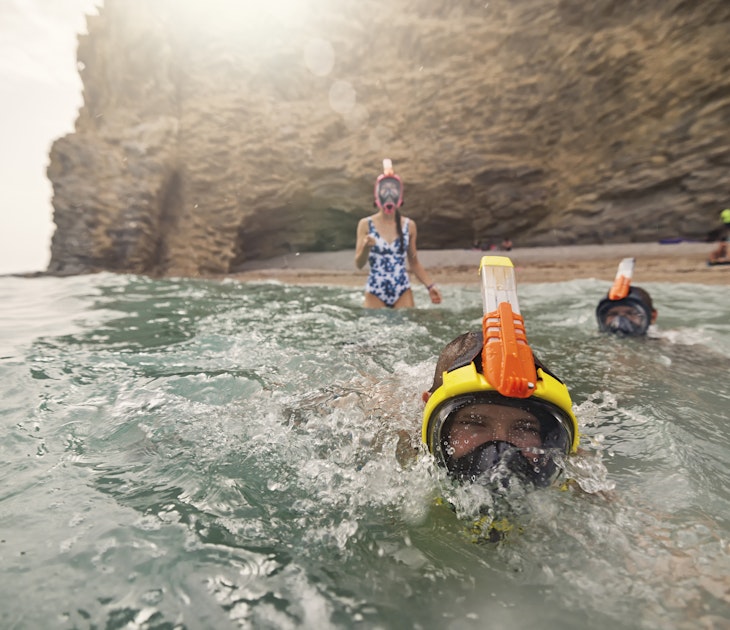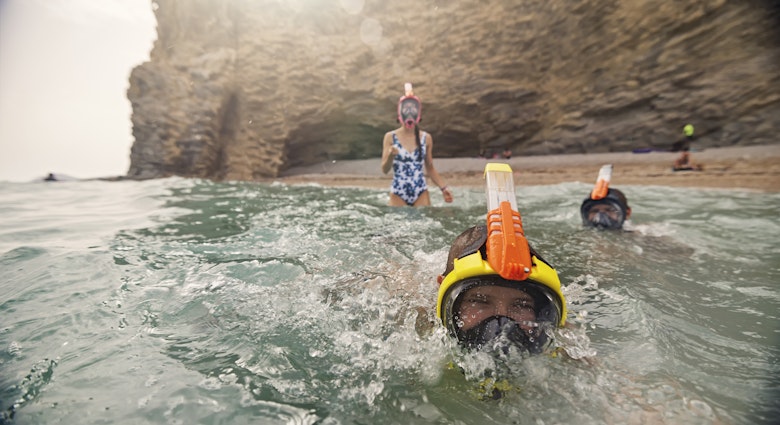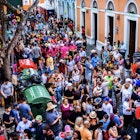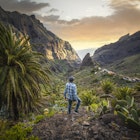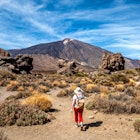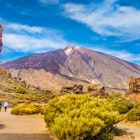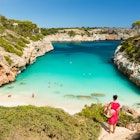When most people think of the Canary Islands, images of beachside resorts and party-going travellers spring to mind – but that’s because no one is thinking of La Gomera. This volcanic island, ringed with rugged cliff faces and carpeted in ancient forests and palm-flecked valleys, has an almost Jurassic Park feel to it.
Those looking to spice up their sun, sand and sea with some unbeatable wildlife, nature and captivating culture will have this little-known speck in the Atlantic Ocean pretty much to themselves.
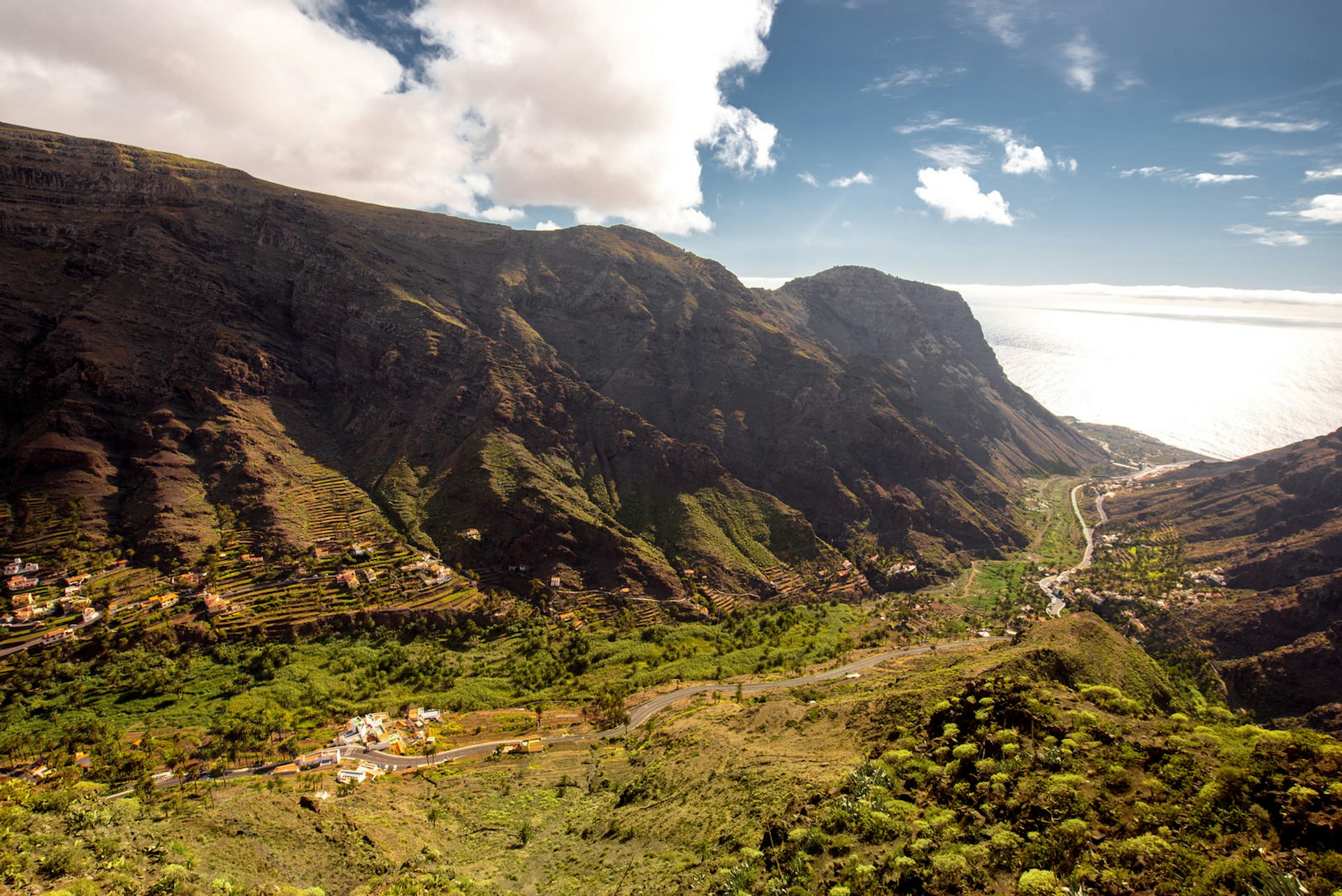
Get your La Gomera bearings
Located off the west coast of Tenerife, La Gomera is the second-smallest Canary Island, measuring 36km from east to west. But this tiny isle shouldn’t be underestimated. Its emerald peak rises 1487m above sea level, surrounded by huge banks of swirling fog and creating a microclimate that has allowed one of Europe’s last remaining cloud forests to flourish in spectacular fashion. Temperatures average 22 degrees year-round, but a southerly wind means that the south shores are particularly hot and sunny.
It can take as little as two hours to drive across the island, but thanks to these diverse environmental pockets you’ll encounter a reel of star-studded scenery, from sun-speckled ocean vistas to thick swathes of lush greenery, dry shrublands and sweeping ravines. The absence of international flights has resulted in La Gomera keeping mass tourism at bay; here, in lieu of chain hotels and restaurants, you’ll find a slower, more authentic way of life. These traits have earned La Gomera its nickname 'the island lost in time'.

Culture, crafts and Columbus
San Sebastián is your introduction to La Gomera in many ways. As its capital and port town, this is where all travellers arrive on the island. Here you’ll discover many historical monuments and buildings that begin to build up a tapestry of the island’s past: the Torre del Conde (Count’s Tower), the remains of a 15th-century Gothic-style military fort that played a central role in the defensive history of the island; and the Iglesia de la Virgen de la Asunción, whose mixed Islamic, Gothic and baroque architecture nods to the island’s mixed heritage. San Sebastián played an important role in the story of one of the world’s most well-known explorers: in 1492 Christopher Columbus chose the island’s capital as his last port of call before he set off to discover the New World.
Each village and region offers a distinct slice of life on La Gomera. Head to El Cercado to see local potters carefully craft ceramics using techniques inherited from the indigenous inhabitants of the island. Visit Agulo, a chocolate-box town of colourful houses and cobbled streets, for breathtaking ocean views and some of the best-preserved examples of traditional Gomeran architecture. Valle Gran Rey is the main tourist hub, but this hippie haven is a million miles away from the busy mainland resorts. At the bottom of the lush valley you’ll find quiet stretches of beautiful sandy beaches backed by dramatic cliff faces that glow golden as the sun sets.

An island with a view
The natural landscapes of La Gomera are one of the main draws to the island. And where better to get an eyeful of this beauty than from one of La Gomera’s 40 signposted viewpoints? That amount may seem excessive for an island this size, but with seemingly endless sweeping valleys, craggy ravines, patchwork palm plantations, Tetris-like banana tree terraces and towering volcanic rock formations (including La Gomera’s own Table Mountain), you’ll wish there were twice as many.
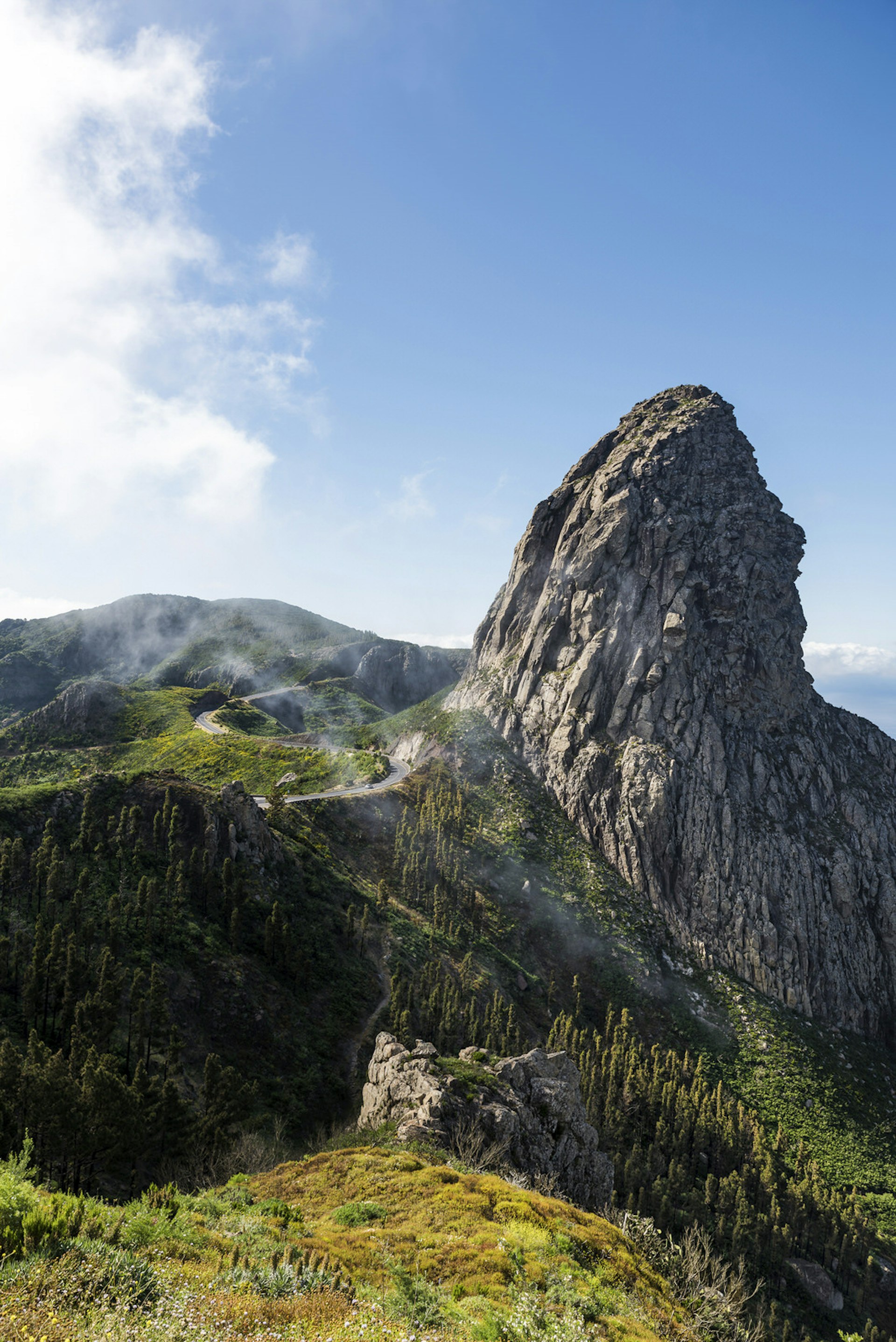
Top spots include the Mirador de Abrante, a glass-bottomed platform jutting out over a 400m-high ravine overlooking the village of Agulo and Tenerife’s Teide volcano across the ocean. The Mirador Morro de Agando offers 360-degree views over the Parque Nacional de Garajonay and the impressive Roque de Agando – a volcanic monolith that sprouts abruptly from the greenery into the air.
An understated but no less breathtaking experience is the Mirador Risquillos de Corgo. Accessed by a forested trail in the Parque Nacional de Garajonay, the view of the valley and the village below appear as a burst of colour from the treeline.

A fairytale forest and a folk legend
Shrouded by a low-lying mist and seemingly banished to the peak of the island, Parque Nacional de Garajonay has an almost fairytale-like quality. Indeed, its name comes from the oral legend of two star-crossed lovers, Gara and Jonay, whose parents forbade their union. The elevation and humidity of this cloud forest mean temperatures are cooler here, and in the silence of the trees you’ll feel a world away from the rest of the island.
Some 20,000 years ago these laurel forests dominated Europe and North Africa, and thanks to preservation efforts on La Gomera, Garajonay remains one of the best-preserved subtropical rainforests in Europe. Home to around 400 species of flora and fauna, many endemic to the island, the park sits at the heart of La Gomera’s 600km network of walking trails. With paths weaving across the island, you can DIY your walk with short circular trails, half-day hikes and full-day treks over mountains and along the coast.

A dialect with a difference
One of the most fascinating elements of La Gomera’s cultural heritage is the island’s unique whistling language, Silbo Gomero. The Guanches, the earliest inhabitants of the island, used Silbo Gomero to communicate across the deep ravines and valleys of the island. Whistles could travel up to 5km and were used to carry all sorts of messages, from public announcements and event invitations to the whereabouts of a lost goat. Far more than a set of stock phrases, Silbo Gomero existed as a fully articulated dialect by replicating the characteristic sounds of spoken language.
Although it isn’t widely used today, efforts are being made to preserve it. The language has been a compulsory school subject since 1999, and in 2009 it was awarded Unesco’s Intangible Cultural Heritage of Humanity status. You can check out Silbo demonstrations every Saturday at the Hotel Torre Del Conde in San Sebastián, and every day at Restaurante Las Rosas and at the Mirador de Abrante restaurant in Agulo.

An adventure out to sea
Care has been taken to protect the ocean around La Gomera, and as such it has become a hotbed for marine wildlife. Though typically migratory creatures, dolphins can be found here year-round thanks to these conservation efforts. Take an eco-friendly boat trip with Tina and you’re very likely to spot some of the local fauna, from bottlenose and Atlantic spotted dolphins to pilot and sperm whales and loggerhead turtles. Tina has been awarded the Yellow Flag eco-accreditation, and their vessels do not use sonars which adversely affect marine wildlife.
Excursions can also be arranged to the Los Órganos rock formation. Formed by ancient lava flumes cooling and contracting, enormous basalt pillars rise from the ocean like the pipes of a church organ. The vertical columns can reach up to 80m high and nearly a metre wide.
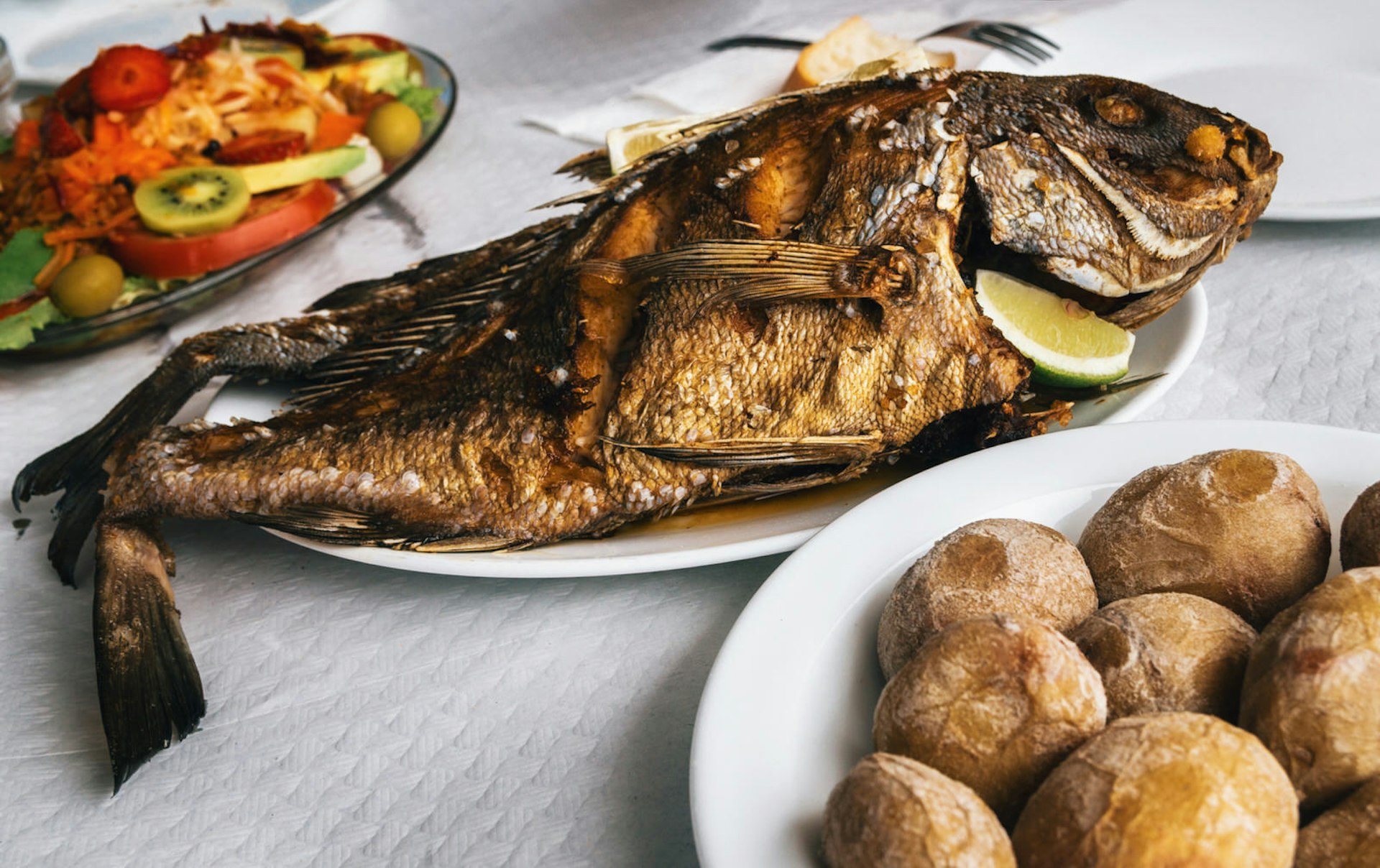
Traditional La Gomera grub
On this fertile land of varied terrain, the local cuisine features an abundance of produce grown or reared on the island or fished from the surrounding seas. Traditional recipes are as simple and soulful as the island itself, with delicacies including watercress soup, almogrote (a crumbly goat’s cheese pâté seasoned with spicy herbs and oil), and miel de palma, a sugary palm syrup used ubiquitously in Gomeran cuisine.
Mojos are a staple feature of the Gomeran dinner table. These thick oily sauces come in two varieties: verde (green, usually featuring coriander, parsley and green peppers) and rojo (red, with red chillies and paprika). Slather on a chunk of bread or enjoy with a plate of papas arrugadas (wrinkly, salty potatoes found all over the Canary Islands). Though the industry is small, La Gomera also produces a number of local wines, often rich in colour and full-bodied to taste.
Louise travelled to La Gomera with support from La Gomera Tourism. Lonely Planet contributors do not accept freebies in exchange for positive coverage.
